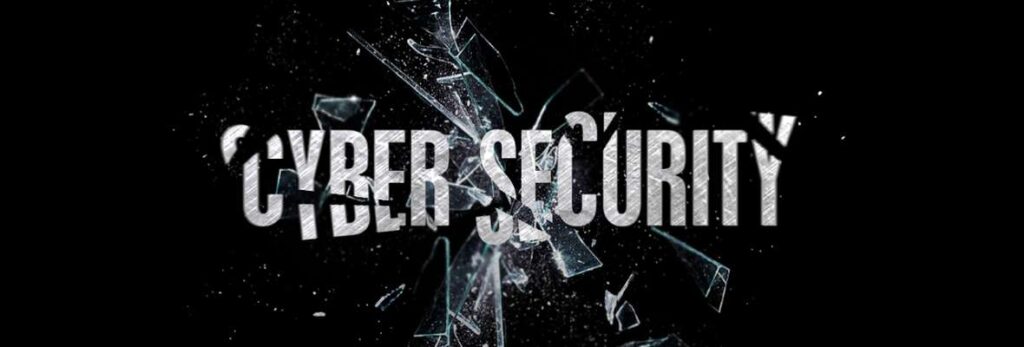Year-on-year, the number of network security breaches are increasing, which results in enterprise financial losses (in millions), demanding adoption of a Zero-Trust Security Architecture.
The annual number of breaches and records exposed in the US from 2005 to 2018, courtesy Statista.
#DidYouKnow
Exactis, a marketing and data-aggregation firm, found itself to be a victim of data breach in 2018, exposing around 340 million records on a publicly accessible server. 2 terabytes of personal data of millions of US adults were exposed.
Data exposure occurs when data is stored and defended poorly, allowing cybercriminals to get their hands on such valuable information.
Modern Solutions for Modern Cyber Attacks
Zero-trust security framework, introduced by Forrester Research, an analyst firm, is a modern architecture system for cybersecurity services.
Zero-trust security is centered around the concept that organizations shouldn’t trust anything inside or outside its perimeters, but verify every little element trying to access the system.
Conventional models implemented across organizations run on outdated assumptions, including the one that says that everyone on the inside of the organization can be trusted.
But, is it true?
“If I have 20 calls, 17 are about Zero Trust. CISOs, CIOs, and CEOs are all interested, and companies of various sizes are interested,” says Chase Cunningham, a principal analyst at Forrester.
“And in three years, I think Zero Trust will be cited as one of the big-time frameworks in cybersecurity. Period.” – Web Mag Space
3 Security Tips to Follow in the New World
1. Don’t Trust, First Verify
Let’s assume Michelle has been working with you for a few years.
In spite of that, always confirm Michelle’s identity by asking her about any form of credential she carries, something she knows or any trait.
Leverage user behavior unique to Michelle and contact details such as location, date and time of login access to ensure authenticity.
2. Secure Endpoints
Also, make sure Michelle is a trusted endpoint before granting any sort of access to company’s resources.
If Michelle is successfully logging into the resource from an untrusted endpoint, ask her questions or use multi-factor authentication, otherwise block her access.
Ensure resources can only be accessed through secure endpoints only.
3. Protected & Precise Access
Once she has confirmed her identity using trusted endpoints at a verified location, she will have enough access to perform her job at any given time.
#StaySafe
Do not give additional access to employees. Provide access to only the resources that they need.
Also read, Is Your Data Being Sold on the Dark Web? Here’s How to Find Out!
6 Ways to Help Achieve Zero Trust Security with Xperteks®
1. Newer Corporate Identity
Zero-trust security model redefines corporate identity.
To prevent data breach in multiple cases, every access request must be properly authenticated, encrypted and authorized from each endpoint.
The model takes into account a user’s identity, which comprises the user as well as the device used to request access to the resource.
2. Authorization and Authentication as a Service
Behavioral patterns used to create an access policy framework varies across companies.
Elements to consider while providing authentication as a service are a role, device state, group membership, geographical location, date and time, and configurable policies to enable flexible controls.
3. Centralized Access Control
With a central command gateway, you can use it to track, monitor and address multiple issues concerning security.
All the fuss around security and its implementation seems complex for an in-house IT team.
Let managed services handle all this fuss while your core IT team focuses on core projects.
4. Enforce Security Measures
Make it an everyday habit to follow security protocols and rules.
Such culture is crucial in maintaining the zero-trust security framework in your company.
5. Enforce Minimum Privilege Access
Whether it’s a module, user, process, or a program, every sub-element needs to access information that is necessary for its legitimate purpose.
6. Perform Data Analysis
Make sense of all the data collected.
For instance, device, security architecture and/or credentials.
To conclude, cybersecurity is seeing rapid innovation and shifts in how enterprise security is implemented.
Organizations who fail to update their security system in time are prone to cyber threats.
Zero-trust security framework is the next big thing!
Contact Xperteks® on 212-206-6262 to make your network security stronger than it is today.
Want to know some cool cybersecurity facts and tips? Follow us on Facebook, Twitter and LinkedIn!







